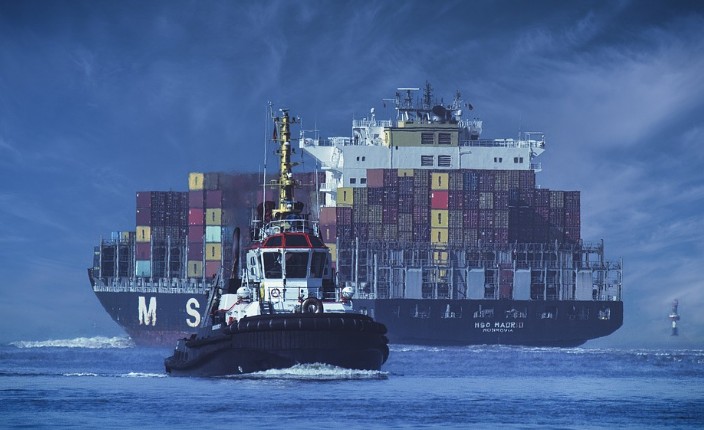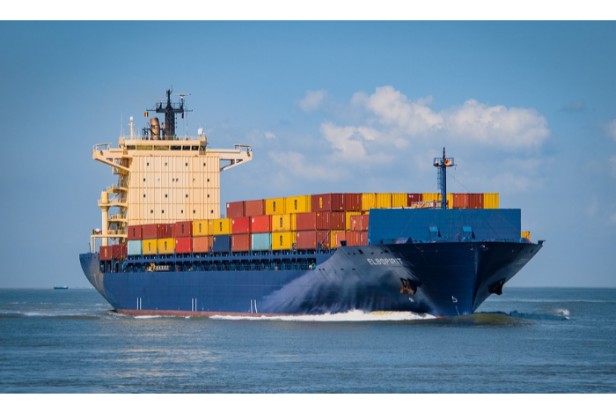It’s crucial to comprehend how shipping operates and to start looking for less expensive order fulfillment options while waiting for prices to stabilize.
A shipping order may have been placed recently. If so, you are aware of how expensive shipping has gotten. Shipping costs across borders have reached their peak. Therefore, many of you may be wondering why shipping has recently become so expensive.
Reasons Why Shipping is So Expensive:
The main causes of the current increase in shipping rates in 2022 will be analyzed in detail in this blog. Prior to 2023, the increased rates are expected to remain unchanged. Therefore, expanding their options for fulfillment is something that small businesses and eCommerce should think about. They will be able to manage their shipping costs thanks to this.
Shipping Container Shortage:
China opened up its economy more quickly than the US and Europe after the world was put on lockdown and everything shut down. On these two continents, however, shipping containers were delayed. This resulted in China also experiencing a shipping container shortage.
180 million containers were present in the world in January 2021, but they were all positioned incorrectly. Significant cancellations of new container orders were reported in the first half of last year, according to a survey. Only 2-3 weeks’ worth of supply has been produced by Chinese companies as a result of this cancellation. Manufacturers then tried to keep up with demand as the supply started to enter the market.
Every available container in China carries a hefty surcharge because of the increasing demand. Compared to $1800 per cost equivalent unit (CEU), which is the measurement used for a 20-foot container at the start of 2020, market prices for new containers have increased to $3500 per CEU today. These expenses were around $2500 as of the end of 2020.
The Suez Canal Accident and Its Impact:
Another significant disruption was brought on by the Suez Canal incident in March of last year. For a week, the entire waterway was blocked when the shipping ship Ever Given became stuck in the Canal. Additionally, a surge in freight costs can be attributed to this incident.
According to estimates, this Canal facilitates 12% of world trade. Huge trade losses of $2.2 billion to $3.9 billion resulted from this incident.
Although the obstruction has been cleared for almost a year, the delays it caused are still felt. Deliveries were delayed by ships that were supposed to make them. International ports were already dealing with the berthing and dispatch of cargo ships. Further delays put them under more stress, which ultimately resulted in high freight rates.
Increased Consumer Demand:
Since the pandemic, more customers than ever have opted to shop on the internet. Numerous items are available for customers to purchase online, including bookshelves, clothing, groceries, and hygiene items.
These in-demand goods must be shipped in large numbers. The more products that are shipped, the more expensive their shipping will be. Prices will inevitably rise if demand surges while supply stays the same. Businesses are forced to raise prices for products in order to cover their shipping expenses as a result of these supply chain disruptions.
Booming Commodities:
Commodities are raw materials that are traded on national or international markets. A commodity boom is currently underway. The demand for the raw materials needed for economies to run has gone up. Shipping costs have gone up because only a small number of items are being sent to the same customer. To get products to customers, distribution channels only have a finite amount of time and room to adapt.
High Costs of Transportation
There is no denying the cost of shipping and handling. Shipping carriers must complete a lot of work with few resources due to high gas prices, high costs of aircraft fuel, a shortage of cargo space, the challenges of last-mile delivery, and route planning.
In the current market, the cost of moving a shipping container by road or rail can range from $800 to $3,000. By 2021, the average price of sending a full shipping container abroad had risen to $8,000 or more. Prior to the COVID-19 pandemic, the price was roughly four times higher than it is now.
Supply chain disruptions are the primary cause of such high prices. Demand increased as supply fell to historic lows as merchandise inventory was rapidly depleted throughout 2020 and the beginning of 2021. Prices had to go up in order to meet demand at a reasonable rate, which had an impact on consumers all the way up and down the supply chain.

What is Included in Shipping Costs?
In addition to materials, labor, a variety of supply-chain activities, taxes from both the country of origin and the country of destination, as well as other documentation fees, shipping costs also “cover materials, labor, and many different supply chain activities that transport inventory to the end customer.”
To put it another way, every step of the fulfillment process incurs costs, from labor costs and fuel expenses to transportation and delivery fees. Naturally, the final shipping cost also takes into account the parcel’s weight, size, value, and shipping location.

